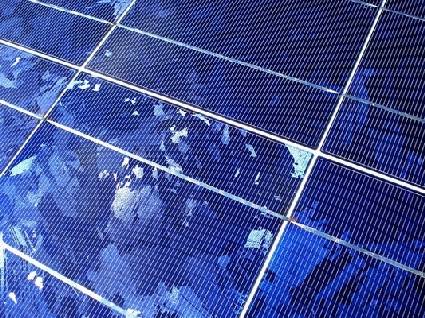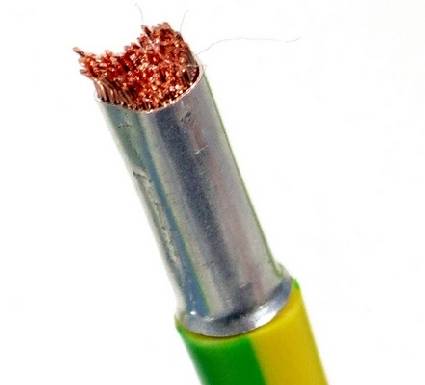Do-It-Yourself Solar-Powered PC: Technical Foundations
Summary: Generate Up To 15 Watts Per Square Foot
On a cloudy day, energy delivery from polycrystalline solar cells isn't very good
As long as a year ago, Tom's Hardware began work on an experimental solar installation that was decommissioned in late September, 2006. That increased the pressure on our second attempt to power a normal desktop PC entirely from solar sources. In particular, we felt it was important to build our test PC using the most energy efficient components available. Now, we've completed that assignment and offer this series of articles as a guide to what a project that should be equally fascinating to our readers, whom we encourage to follow in these footsteps. In fact, our high-performance desktop PC remains up and running, powered 24/7 by two compact solar panels.
The cable used to run power from the solar panels to the PC is between 1 and 2 gauge (16 mm²).
We used solar panels built from polycrystalline silicon that delivered a maximum of 290 Watts of power during testing for our project. Additional details and step-by-step instructions will be provided in the next installments in this series of articles. The location and orientation of the Tom's Hardware Munich test labs, coupled with our ability to orient these solar cells optimally on our roof, enabled us to generate high energy levels from this rig. We included storage batteries in our setup so that we could remain independent of the power grid, even on cloudy days, or while it was raining.
As we put this future-friendly set-up together, we found ourselves forced to improvise, and to make use of custom-built circuit boards. In the next installment we'll present the PC components we chose for our solar-powered desktop PC, where every watt of power consumed (or conserved) matters a lot. Along the path to our final configuration, we also tested a lot of hardware components, and measured their power consumption.
Please continue by checking out the next parts of this series:
- Do-It-Yourself Solar-Powered PC: Hardware
- Do-It-Yourself Solar-Powered PC: Solar Components
- Do-It-Yourself Solar-Powered PC: Live Test
Join our discussion on this topic
Get Tom's Hardware's best news and in-depth reviews, straight to your inbox.
Current page: Summary: Generate Up To 15 Watts Per Square Foot
Prev Page Industrial-Grade Solar Cell Vendors
